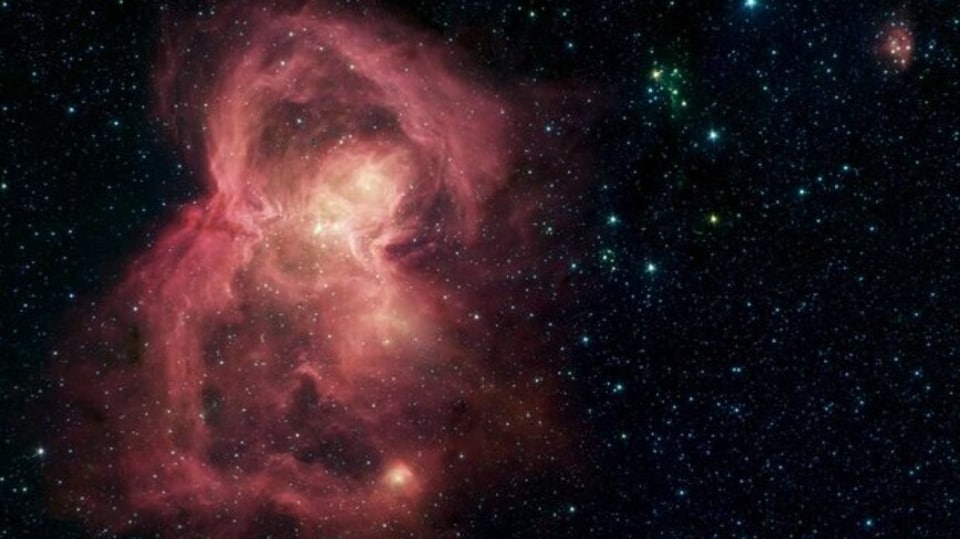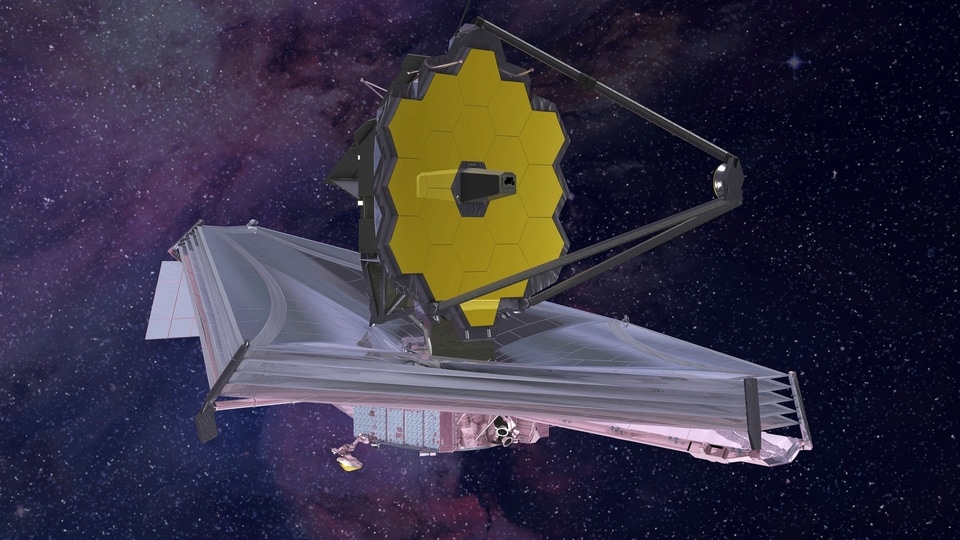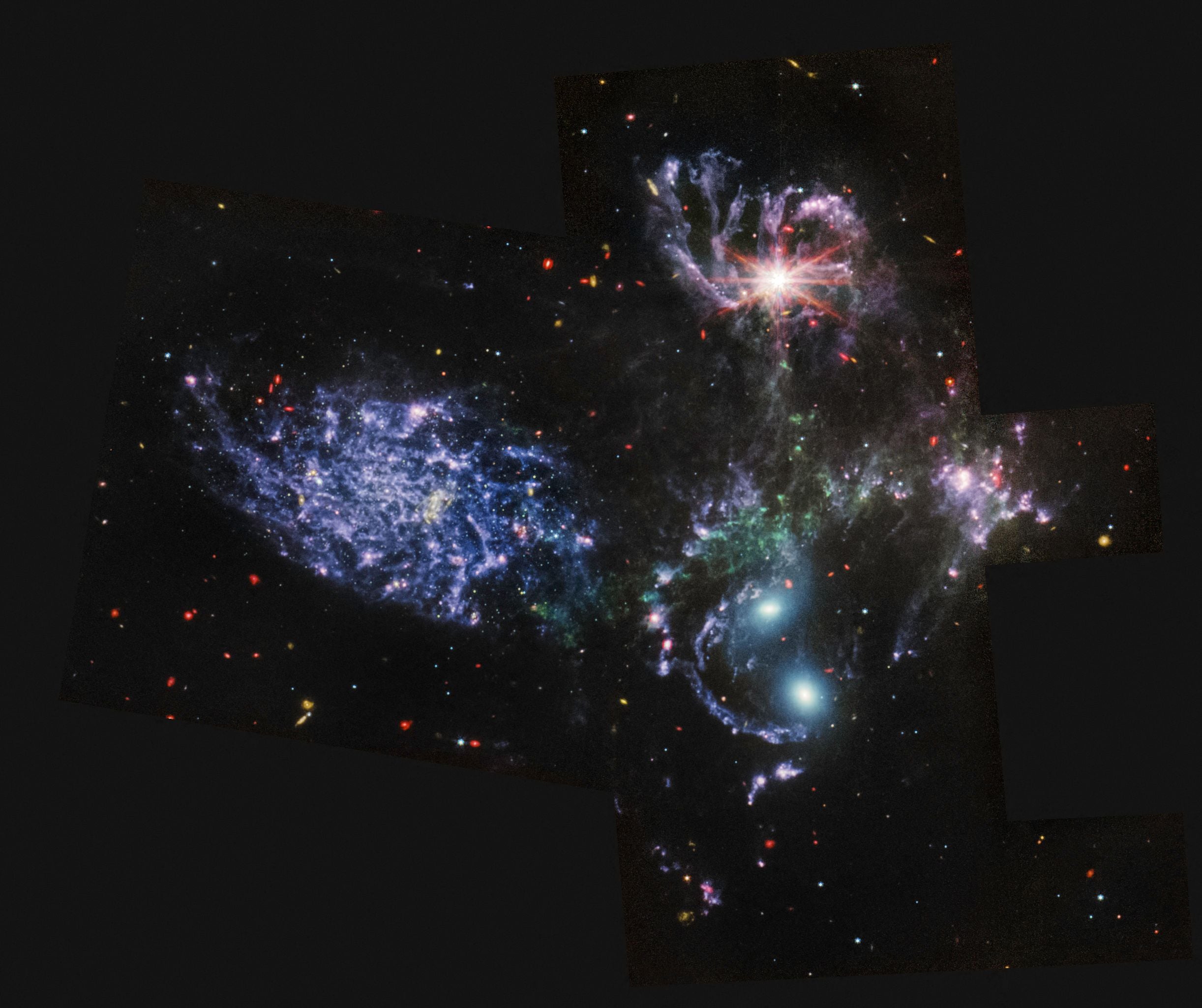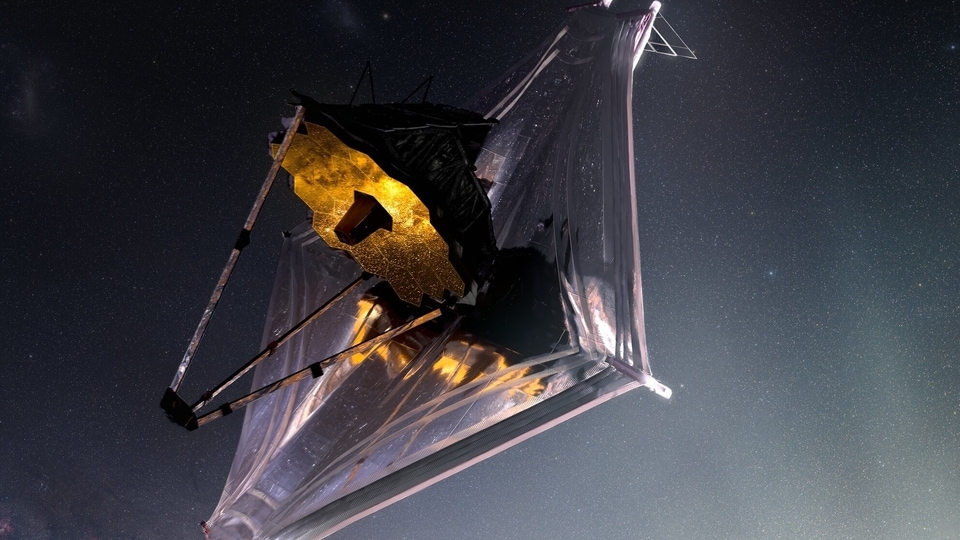NASA locates dangerous Near-Earth Objects like asteroids in just 1 hr; Check tech behind it
Near-Earth Objects are observed and studied by NASA for any potential danger to Earth. But do you know how these far-off objects are studied? Here’s what NASA has to say.
_1652862195879_1659421097075_1659421097075.jpg)





 View all Images
View all ImagesAsteroid flybys have been a common occurrence these past few months. NASA's Center for Near Earth Object Studies (CNEOS) classifies them as Near-Earth Objects (NEOs) due to their close proximity with the Earth's orbit. Since these NEOs are millions of kilometers away from Earth, how do scientists classify them? Do you know how NASA studies these NEOs for any potential danger to Earth? Find out.
What are Near-Earth Objects (NEOs)?
According to NASA, a near-Earth object (NEO) is an asteroid or comet whose orbit brings it within a zone approximately 195 million kilometers from the Sun, meaning that it can pass within about 50 million kilometers of Earth's orbit. Usually, asteroids are the most common NEOs which come near the Earth's orbit. Most of the small ones burn up and disintegrate before reaching earth but some can still pass through.
As of now, nearly 28,000 near-Earth asteroids have been discovered using various survey telescopes which track objects in the sky.
How does NASA monitor Near-Earth Objects (NEOs)?
NASA's Planetary Defense Coordination Office monitors the skies with telescopes and keeps track of upcoming near-Earth object (NEO) flybys. NASA currently has a NEO Observations Program in place to track, and characterize at least 90 percent of the NEOs that are 140 meters or larger in size. Most of the asteroids are observed with the help of the NEOWISE Project which repurposed NASA's Wide-field Infrared Survey Explorer to work as a survey telescope and scan the sky for Near-Earth Objects. NASA JPL also uses a variety of ground-based telescopes in the hunt for these asteroids.
NASA JPL's Center for Near Earth Object Studies (CNEOS) has recently developed a next-generation asteroid impact monitoring system which has gone online. According to NASA, the new impact monitoring system uses an algorithm called Sentry-II to calculate the impact risk of Near-Earth Objects.
Javier Roa Vicens, who led the development of Sentry-II while working at JPL said, “The first version of Sentry was a very capable system that was in operation for almost 20 years. It was based on some very smart mathematics: In under an hour, you could reliably get the impact probability for a newly discovered asteroid over the next 100 years – an incredible feat.”
Catch all the Latest Tech News, Mobile News, Laptop News, Gaming news, Wearables News , How To News, also keep up with us on Whatsapp channel,Twitter, Facebook, Google News, and Instagram. For our latest videos, subscribe to our YouTube channel.





























